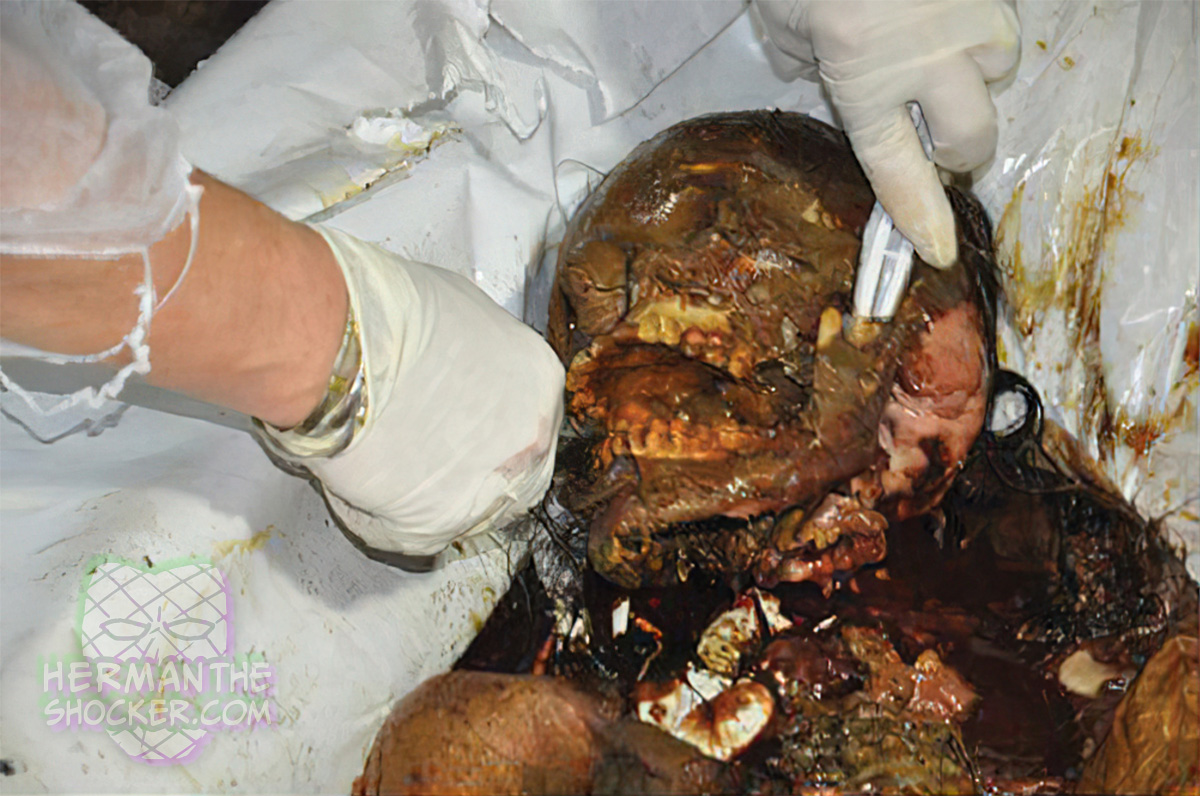Forensic dental identification is a method used in forensic science to identify deceased individuals through dental records. Teeth are durable and can withstand extreme conditions, making them reliable for identifying victims in cases of fire, decomposition, or disasters. Forensic odontologists compare antemortem (before death) dental records, like X-rays, with postmortem findings to match unique dental characteristics, such as fillings, tooth positioning, or wear patterns. This technique is critical in criminal investigations, disaster victim identification, and missing persons cases. Dental DNA analysis can also supplement traditional methods when records are unavailable, further aiding accurate identification. Deceased individuals that may require identity confirmation include the homeless, illegal/undocumented immigrants, burnt, or decomposed bodies, and disfigured, skeletal remains of individuals.
Latest posts








